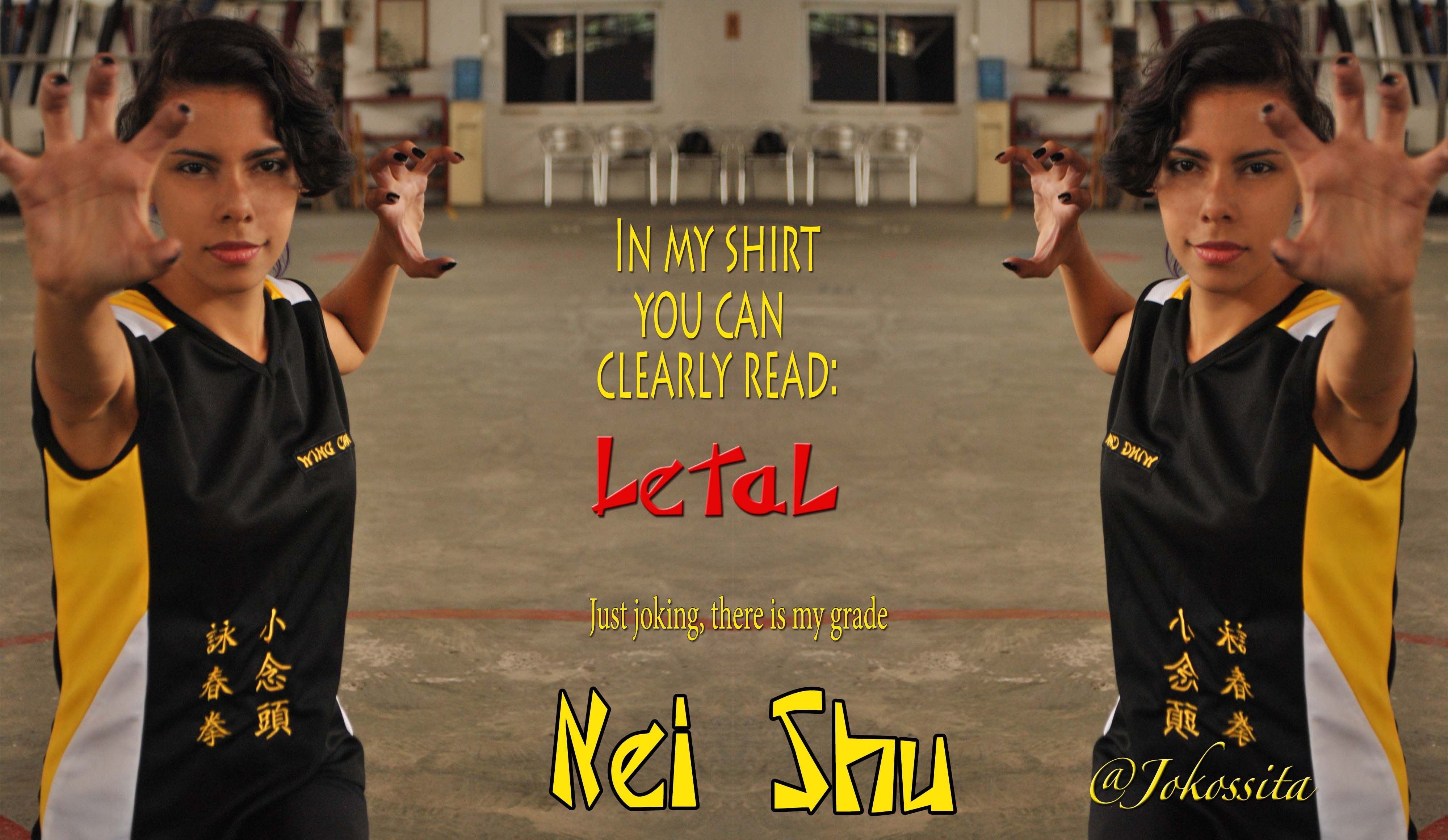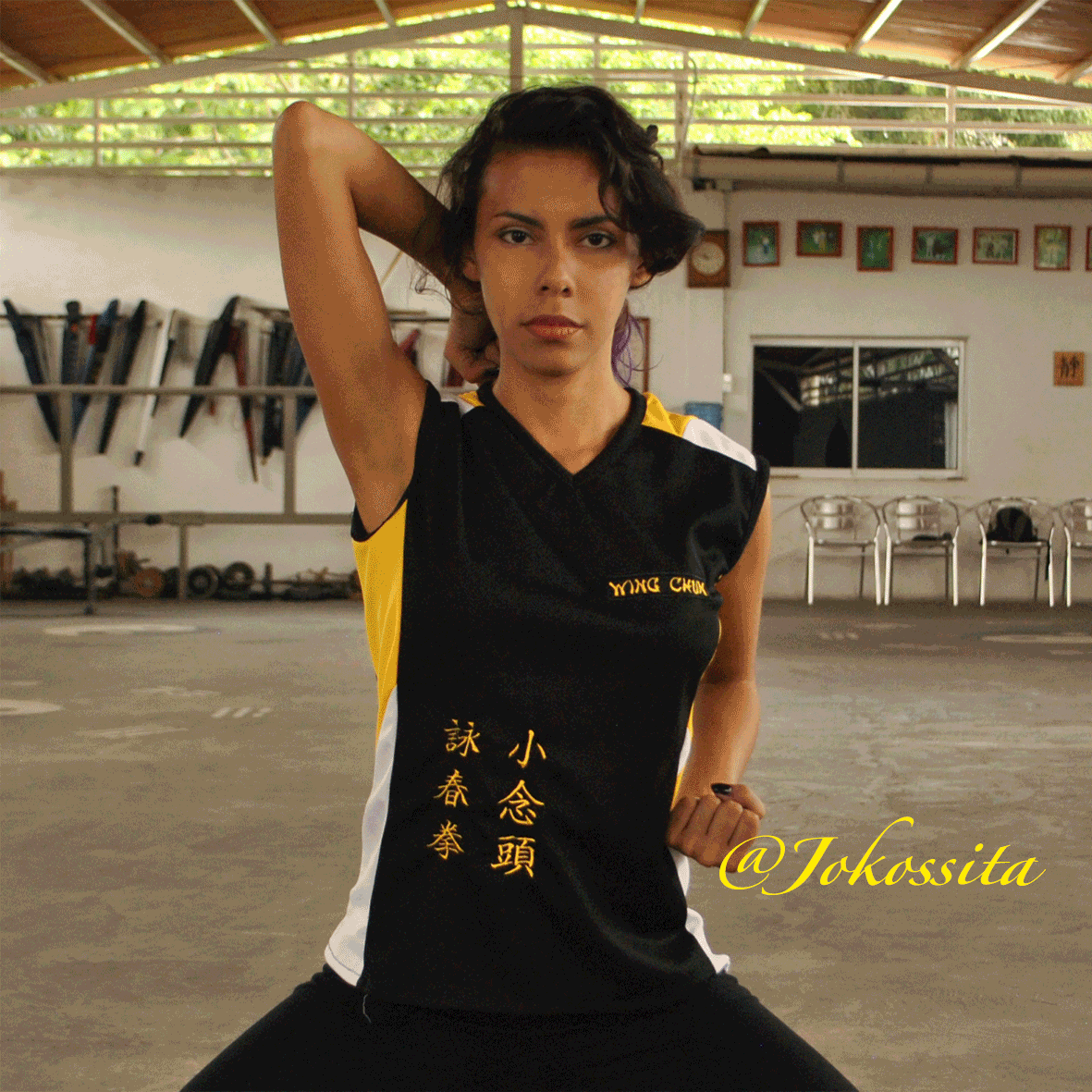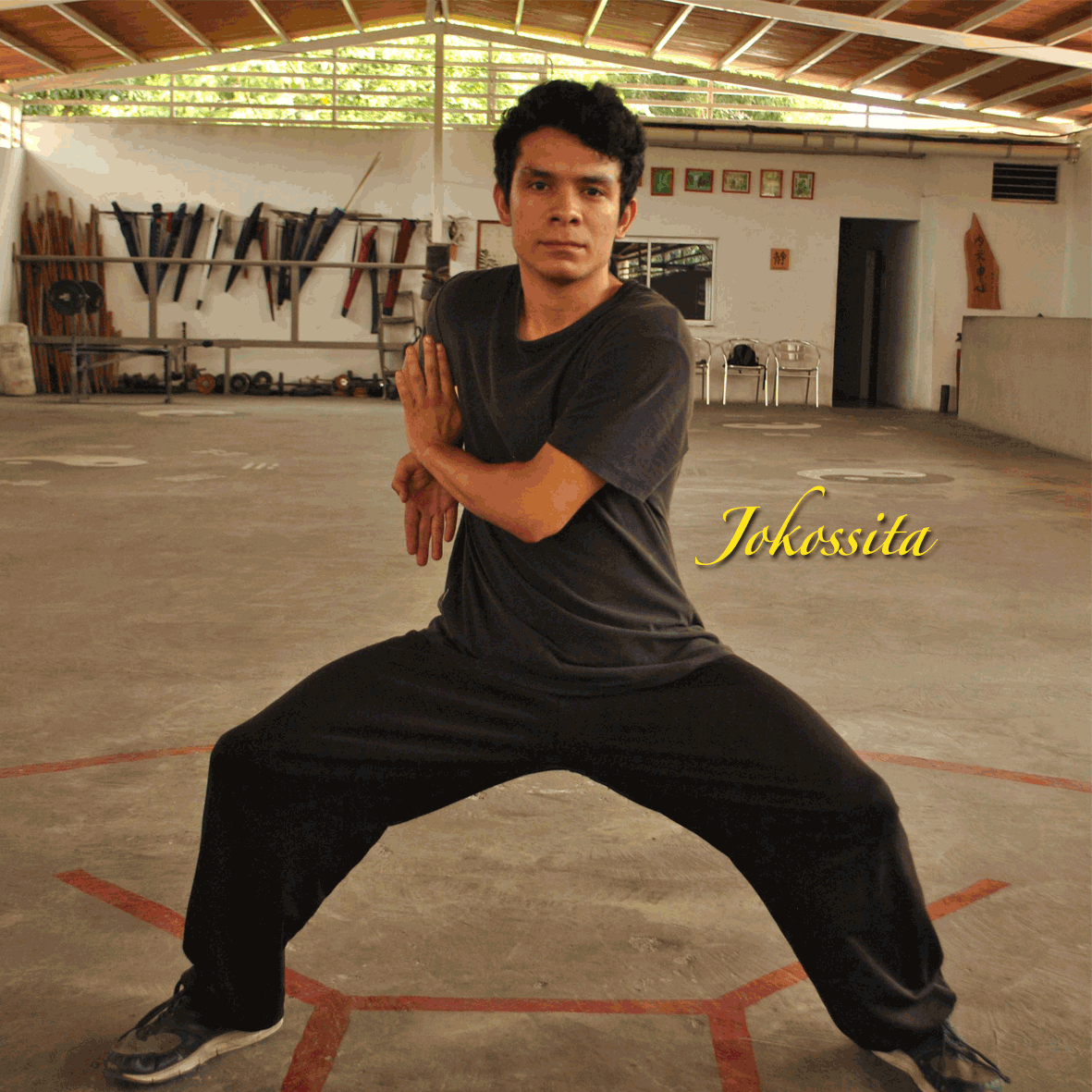
Be like bamboo: Strong in the log but flexible in its branches. Sifu Joan Martínez.

Hello everyone, this is not a travel post I know, but is about something that I also love with all my heart. This is my first post of Kung Fu Team.
Hello everyone, this is not a travel post I know, but is about something that I also love with all my heart. This is my first post of Kung Fu Team.



One of the most magical things that China has around the world is the recognized and deadly "Kung Fu" that if we translate it would not be "Chinese Martial Art" as many believe, when my Sifu explained to me I was astonished before such words. It means mastery acquired through discipline, consistency and training. In China, anyone can have Kung Fu, so in this post we will call it Wu shu which means Martial Art. I leave a video in English of a series that I found excellent Marco Polo so that everyone can understand it a little better. Please see it, it lasts no more than two minutes.


The history of Wushu comes with thousands of Legends and stories that have made it difficult to study it. It is said that the ancient Chinese evolved with this art, which not only developed for the defense but also for spiritual peace, good health and intellect. In its beginnings it was attributed to the army as a symbol of its discipline and strength. People tells that the precursors were the Shaolin monks who raised it to a level of perfection thanks to the arduous training that years later unfortunately due to the Mongol invasion looted and destroyed much of the Shaolin monastery, where it is said that of the furious Shaolin monks who fought defending the great wall only survived 5 which in the Ming Dynasty was the "golden age" for the Wu shu. And in this dynasty was also born Wing Chun thanks to a strong woman trained by monks who studied the movements of animals, but already the history of Kung Fu alone is super long so I will give only one tested of what I train.



The first thing you learn in Wu shu are the positions and basic hits. I will explain with photos below:











Each position is different and strong, balance is important. They are extremely difficult to do because you have to have a 90 ° angle on the first ones and then for example in the Du Li foot on your knee "protecting it" as my Sifu tells me.


Now the following basic and important are the hits, there are some super cool see the photos and Gif below:



"Tue Chuan" It is like a hammer blow that falls from above our head. If you see any smiles that we leave is because it was really fun to make these photos. This next hit is "Er Pao" is the double-hit open palm better known as "Kame Kame Ha" look how great it is:



And two more basic hits:





Finally I leave a video they recorded at Nei Shu school, not the best of the videos but shows some of our training. Beforehand I apologize for the quality, but I promise that for the second edition of Kung Fu Team I bring you some good.



I know this is just a little piece of Wushu but hope you enjoy it just like me. Thanks for reading me again, if you like it please let me know. I would love to read what you think about this. Second part of this post will be released soon. Stay tune.
I know this is just a little piece of Wushu but hope you enjoy it just like me. Thanks for reading me again, if you like it please let me know. I would love to read what you think about this. Second part of this post will be released soon. Stay tune.

You can contact the Venezuelan Organization of Traditional Chinese Arts Nei Shu Zhong Xin in their respective social networks:
FACEBOOK: https://www.facebook.com/pg/Nei-Shu-124381594248921/about/?ref=page_internal
INSTAGRAM: https://www.instagram.com/neishu.wushu/
https://www.instagram.com/nei.shu/
Special thanks to Sifu Joan Martínez for first teaching us this beautiful art, secondly for allowing us the school to make the recordings and videos and third for his infinite patience, love and wisdom.
You can also see my latest post:
Favorite places to go in Seasons #4 - Summer
Favorite places to go in Seasons #3 - Spring!!
Favorite places to go in Seasons #2 - Winter


